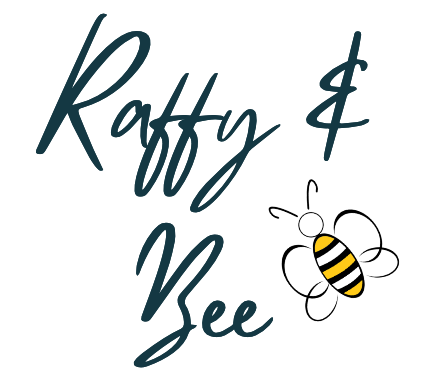Budget vs. Planet: The Eco-Friendly Yarn Dilemma
The trend of eco-friendliness is on the rise, and the world of knitting is no exception. With the increasing awareness of our impact on the environment, many knitters have turned to eco-friendly yarns and sustainable techniques to create their projects.
However, while these options may seem like the perfect solution, they often come with a higher price tag.
In this blog post, we will explore the costs of choosing eco-friendly yarns and other ways that you can be eco-friendly in your no needles knitting.
Eco-friendly yarns come at a cost
When it comes to eco-friendly knitting, it’s important to consider the price of sustainable yarn. While the use of eco-friendly yarns is a step towards a more sustainable and ethical fashion industry, it often comes at a higher cost than traditional materials.
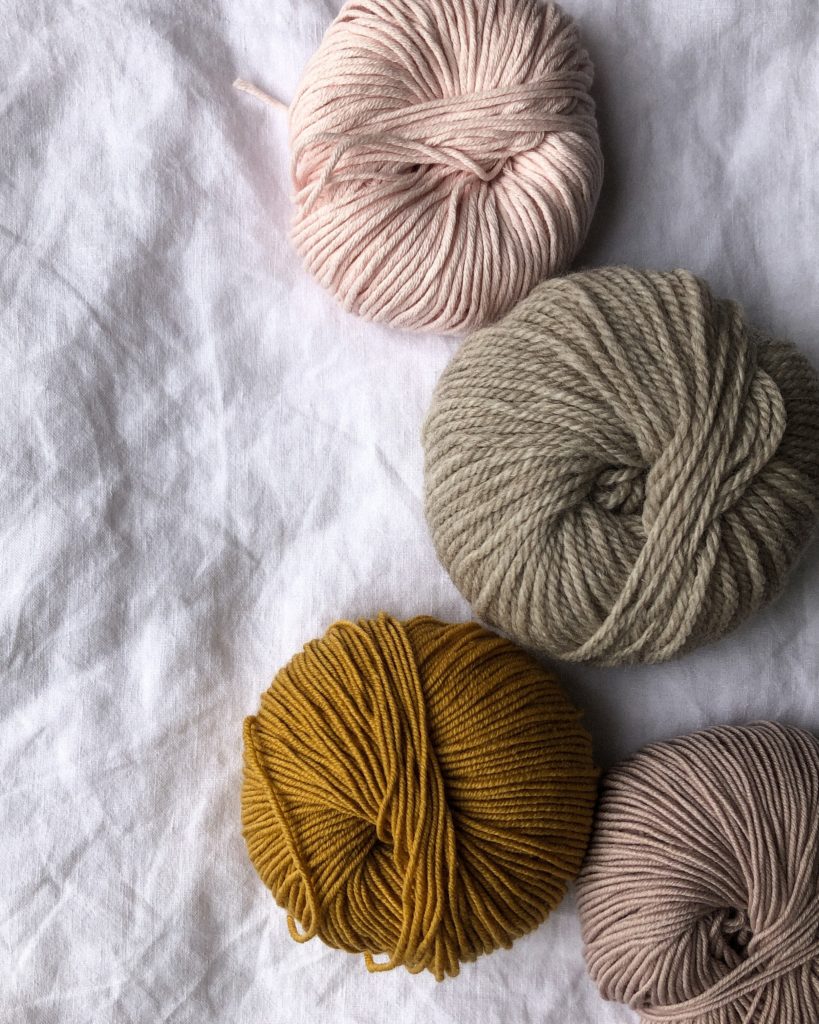
Sustainable yarns are typically made from organic, recycled, or biodegradable materials, which require more resources and labour to produce. This cost is passed on to the consumer, making eco-friendly yarns more expensive than their conventional counterparts.
However, it’s important to keep in mind that the extra cost is often worth it for the environmental benefits.
The good news is that there are other ways to be eco-friendly in knitting, such as using upcycled materials, choosing natural dyes, and using circular knitting techniques to reduce waste. By considering all of these factors, we can make more informed and sustainable choices in our knitting projects.
But what if the price is just too high? You still want to do your bit for the planet, of course, but how else can you be eco-friendly in your craft?
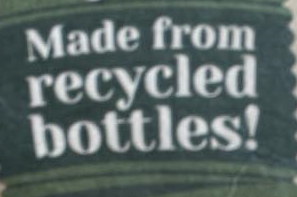
Reduce, reuse, repurpose
When it comes to eco-friendly knitting, it’s not just about choosing the right yarns. You can also reduce your environmental impact by adopting the “3 R’s”: reduce, reuse, and repurpose.
Reducing waste to be more eco-friendly
One way that we can reduce waste in our crafts is to use up all of our yarn scraps by incorporating them into smaller projects or using them as stuffing for knitted toys.
Another way to reduce waste is to avoid single-use plastic packaging by using reusable bags or containers for our yarn.
Why not reuse materials by unravelling old sweaters or scarves to repurpose the yarn for new projects.
Repurposing can also involve upcycling materials like fabric or denim to create unique knitted pieces. By incorporating these eco-friendly practices into our knitting routine, we can reduce our environmental impact and create beautiful, sustainable pieces.
Choose energy efficient & eco-friendly equipment
The beauty of no needles knitting is that it is very energy efficient! Arm knitting, hand knitting, corking. All of these do not use electricity so are keeping the carbon footprint down.
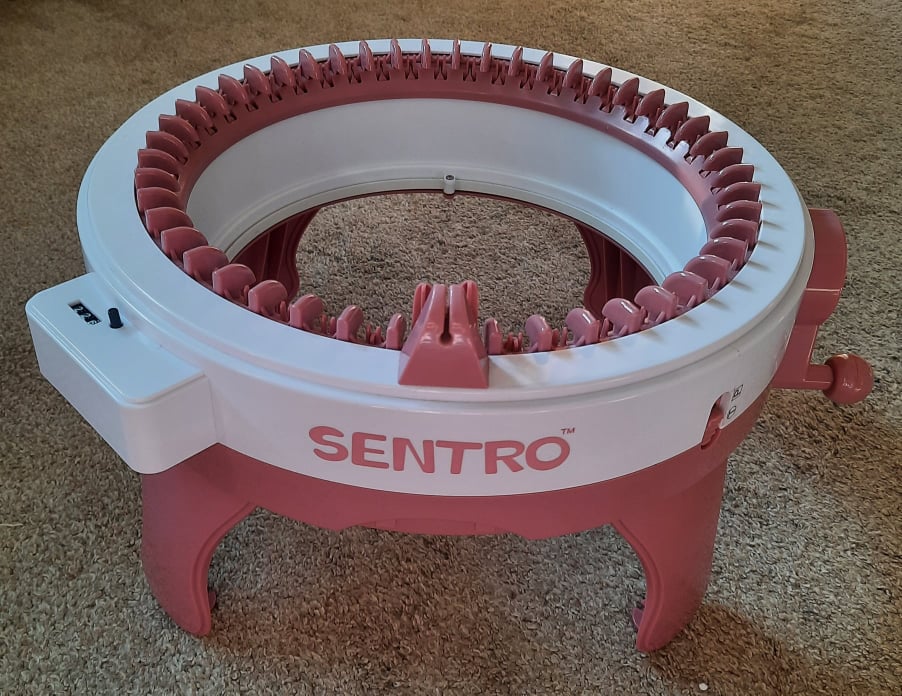
I use circular knitting machines. The majority of them use a cranking handle to crank the machine bed. Yes this is slower, but again much more energy efficient. I do have an electric circular knitting machine, the Jamit, but it is has a very low energy intensity.
Some of these circular knitting machines are made of cheaper plastic, so it is good to try and consider investing in equipment that is designed to last longer, reducing the need for frequent replacements and saving energy in the long run.
While energy-efficient equipment may have a slightly higher upfront cost, the energy savings over time will ultimately lead to cost savings while also reducing our carbon footprint.
As they can be expensive upfront, buying them second hand on Facebook Marketplace for example saves them from going to landfill or the local tip where they would spend years biodegrading.
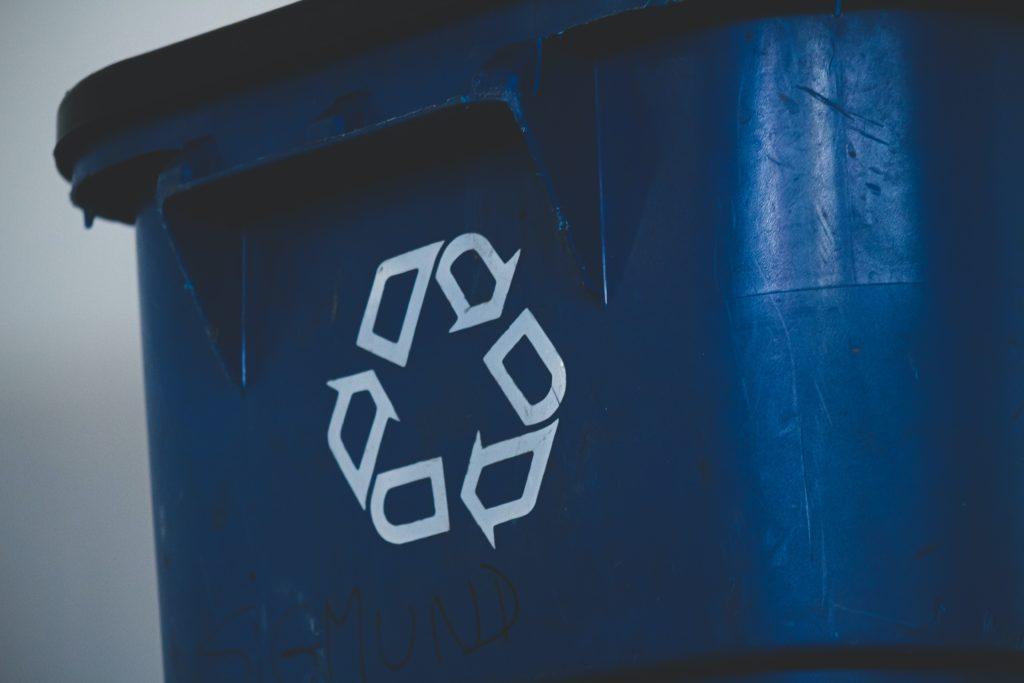
Stop yarns being thrown away
Choosing eco-friendly yarns for your no-needle knitting projects can come with a higher price tag. But the benefits of reducing waste and minimising harm to the planet make it a worthwhile investment.
One way that we can further reduce waste and be more eco-friendly in our no needles knitting is by stopping yarns from being just thrown away.
There are a few ways that we can do this –
- Using leftover yarns from previous projects.
- Finding ways to repurpose yarn scraps, such as using them for small, decorative accents or incorporating them into creative designs.
- Consider donating unwanted yarns to local charities or schools that offer knitting programs.
- Buying yarns from charity shops.
By taking these simple steps, we can make a positive impact on the environment and reduce the amount of waste in our landfills.
A quick summary
- Upcycling and Recycling: Get creative by upcycling old clothing or repurposing yarn from charity shop finds. This reduces textile waste and minimises the need for new materials.
- Minimal Packaging: Choose yarn brands with minimal packaging or those that use eco-friendly packaging materials like recycled paper or reusable bags.
- Reduce, Reuse, Recycle: Embrace the principles of sustainability in your crafting space. Use scrap yarn for smaller projects, avoid overbuying supplies, and recycle any packaging materials responsibly.
- Eco-Friendly Dyes: Look for yarns that use environmentally friendly dyes and methods. Natural dyes or low-impact dyes can be a great choice.
- Local and Sustainable Fibre Sources: Support local farmers and artisans by choosing yarn made from locally sourced and sustainable fibres.
- Energy-Efficient Crafting: Be mindful of your energy consumption. Use energy-efficient lighting and equipment, and consider using renewable energy sources when possible.
- Share Eco-Friendly Knowledge: Encourage fellow crafters to make eco-friendly choices in their projects. Sharing information and resources can help create a more sustainable knitting community.
To conclude…
In conclusion, it is evident that choosing eco-friendly yarns can come at a higher cost, but the benefits to the environment and to future generations are immeasurable.
However, there are other ways to be eco-friendly in no needles knitting, such as reusing materials and sourcing from local and sustainable suppliers.
More and more people are becoming aware of the impact their choices have on the environment. It is therefore so important to continue exploring and implementing eco-friendly practices in all aspects of our lives. This includes our hobbies like no needles knitting.
By making mindful choices in our crafting, we can contribute to a more sustainable and ethical future while enjoying the many rewards of eco-friendly no needles knitting.
If you enjoyed this post, follow me for more knitting without needles and eco-friendly crafting ideas!
